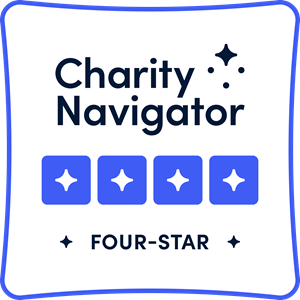Special Needs: Keeping Our Community Inclusive
By Laura Mason, Senior Program Officer

Laura Mason
Today, nearly 1 out of 5 people are diagnosed with a physical, cognitive or behavioral difference. Given this reality, we must recognize the risk of losing up to 20% of the Jewish population if Jewish life cannot meet these special needs. However, while this “1 in 5” statistic speaks to pervasive diagnoses (a controversial topic in its own right), it fails to position the topic as it truly is – a communal challenge that affects each person in some way.
Last month, I attended the ADVANCE conference in New York hosted by the Jewish Funders Network and sponsored by the Ruderman Family Foundation. It was a lively gathering of 100+ funders from around the world working to advance the field of special needs and disabilities, and it was this realization, that special needs and disability issues apply to the whole, rather than just a unique sub-set, which defined the experience for me.
MAKING SPECIAL NEEDS PART OF THE CONVERSATION Practically speaking, by focusing on the 20% who are diagnosed, it will remain relevant for a minority of the population. To effectively address this need, I believe we must shift the entire conversation to reflect the totality of all those who touch and shape an individual’s life. Parents and siblings, rabbis and educators, friends and colleagues, camp counselors and other mentors. This is the 100% of special needs and disabilities.
Once we have expanded our perspective on the issue in this way, we must then actively move it from the periphery to the center of our very notion of community. To do this, I believe that issues of access and inclusion must enter every conversation in every organization. For starters, asking basic questions such as “is our location or program accessible to those with disabilities?”; “how do we reach out to and serve people with special needs?”; or “do we have an inclusion committee?”; these are simple, but essential building blocks.
Once we start asking these questions at every turn, thus begins the important and life-long work of advocacy and awareness building. A truly inclusive community will actively seek the input and leadership of individuals with special needs and their family members. It will encourage self-advocacy and communal advocacy, which is necessary to inspire change on the systemic level.
To effectively address this need, I believe we must shift the entire conversation to reflect the totality of all those who touch and shape an individual’s life.
Once this issue is squarely in our thinking about the vision, values and characteristics of the Jewish community we want to create and participate in, we must also explore innovative ways to cultivate Jewish professionals who are excited about and skilled in supporting Jewish life and learning for Jews with special needs. This will require an investment in professional development over time as well as the right tools - whether in the form of adaptive curricula or specialized equipment for learners - to make an impact. Too often it is just one experience of feeling “too different” or out of place in Jewish life that can sever ties to the community. Whether this is felt by a child, parents, siblings or friends does not matter.
As a community, we must embrace the goal of nurturing a vibrant, diverse and welcoming Jewish community for all Jews. Bringing special needs and disabilities to the forefront of our communal work, learning and growing through collaboration and adapting to the wide variety of special needs will help us achieve community in its truest sense.

